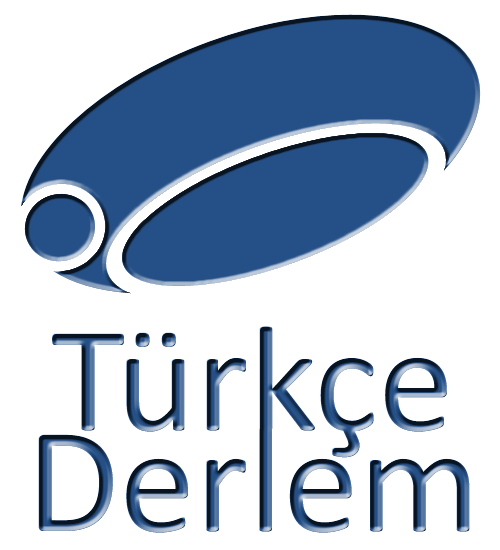THE SUBJECT AND SCOPE OF THE PROJECT
Any unit in language can be used together, or used with the other units, based on “selection” and “connection” criteria, when meaning is needed in sentence. If this kind of usage has higher frequency when compared with general usage, and if this is regarded as significantly meaningful, it is considered as collocations.
Generally, collocation is based on units’ similarities in sentences. That is to say, collocation occurs with an unchanged syntagm in sentences. For example, the word “nevir” cannot be used alone in a sentence, it can be used with the verb “dön-” by forming a collocation as “nevri dön-” (Hengirmen, 1999: 159, 160). This situation is also same for the other language uses.
We can list the togetherness of lexemes within the context of collocations as follows:
Determinant+ verb: (açıkça + söylemek, acı acı + gülmek, açık + konuşmak)
Adjective+ noun: (güzel + sanatlar, derin + uyku)
Determiner+ noun: (bir + güzel, bir + ara, bir + yana)
Verb+ noun: (bilir + kişi, çıkmaz + sokak, koşar + adım)
Verb+verb: (dönüp + bakmak, yakıp + yıkmak, vurup + devirmek)
Noun+ preposition: (bana + göre, senin + gibi, dünya + kadar)
On the other hand, we cannot encounter with collocation just for patterning structural adjacency. Another dimension of the subject is the semantic collocations of words. The units in sentences are included in this structure with certain reasons. Particularly, the dependency between adjectives and nouns is meaningful in this context. At this point, the close units of a collocation can be encountered as semantic togetherness and/or collocations.
Collocation concept has not been a focus point so far among the linguistic and lexicology studies conducted for Turkish. However, today, collocation is widely referred method in West for linguistic based studies. It is also used for identifying the semantics, functions of lexemes, and their priorities for language teaching. Collocation, with the increasing number of linguistics methods with computers, has become a prominent issue to be searched in NLP and particularly on corpus linguistic studies for the last decade. In this sense, the main aim of this study is to identify the lexemes defined as adjectives in Current Turkish Dictionary within the frame of collocations as a corpus-based study.
The subject of this study is to evaluate 11.320 head lexemes, included in GTS, defined as adjectives with lexemes defined as nouns in terms of their collocation base on a corpus-based application.
If we associate the subject with the aim, the following items will be dealt with:
(a) the semantic features of adjectives and nouns, and the relation between adjectives included in GTS and nouns on the basis of vocabulary will be determined,
(b) a relational list of nouns that are used with adjectives will be prepared,
(c) concept maps emerged due to adjective-noun and noun-adjective relations will be designed,
(d) the use of aspects based on the relation of adjective-noun within the context of teaching Turkish as first and second language will be determined on the basis of frequencies,
(e) not only adjectives’ usage frequencies and priorities in language teaching but also nouns’ frequencies and priorities in language teaching will be determined,
(f) basic data will be comprised for Turkish Collocation Dictionary,
(g) a great number of data within adjectives, nouns, collocations, and corpus linguistics in Turkish will be predicted,
(h) the findings will be presented on virtual environment for other researchers’ use.



